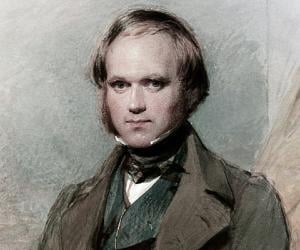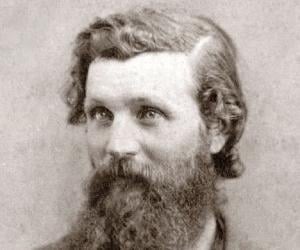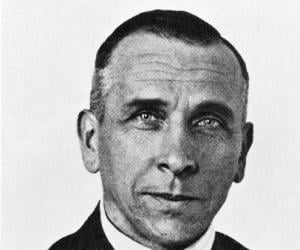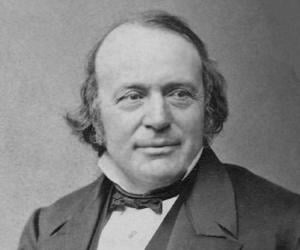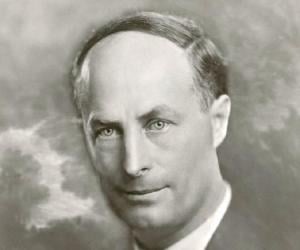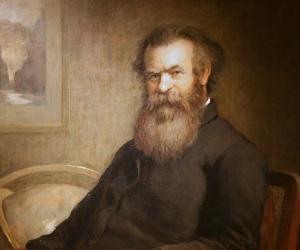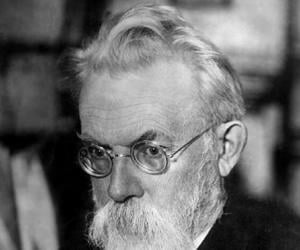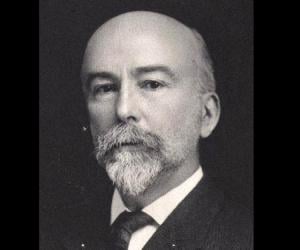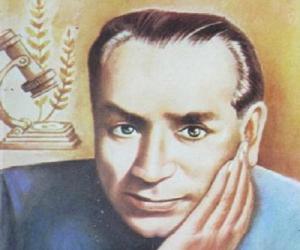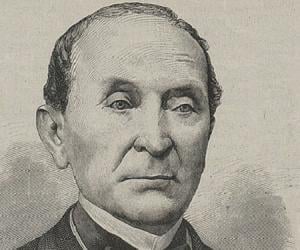Widely regarded as one of the most influential personalities in the history of mankind, Charles Darwin was an English biologist, naturalist, and geologist. He is credited with publishing the Theory of Evolution, which explains the evolution of life from a unicellular organism to human beings. A prolific writer, Charles Darwin also wrote important books on plants and barnacles.
John Muir was a Scottish-American naturalist, environmental philosopher, glaciologist, botanist, zoologist, and author. Nicknamed Father of the National Parks and John of the Mountains, Muir was an influential proponent of the preservation of wilderness in the US. He is credited with co-founding the American conservation organization, The Sierra Club. Muir is considered a hero by many environmentalists around the world.
In the early 1900s, meteorologist Alfred Wegener did not find too many takers for his theory that all the continents of the world had initially been a single mass named Pangaea and that continental drift had caused them to split apart. Wegener died on his fourth expedition in Greenland.
Louis Agassiz was a biologist and geologist. He was famous as a scholar of Earth's natural history. Born in Switzerland, he completed his education in Europe and emigrated to USA. He was appointed a professor of zoology and geology at Harvard University. He later founded the Museum of Comparative Zoology at the Lawrence Scientific School.
Douglas Mawson was an Australian Antarctic explorer, geologist, and academic. Counted among the most important leaders of the Heroic Age of Antarctic Exploration, Mawson was honored with a knighthood in 1914. Best remembered for his contribution to Australian geology, Mawson was featured on the Australian one-hundred-dollar note from 1984 to 1996.
John Wesley Powell was a geologist and explorer of the American West. He undertook a series of adventures as a young man and later joined the military. He is best known for the three-month-long geographic expedition he undertook down the Green and Colorado rivers. He was made the director of the U.S. Geological Survey in 1881.
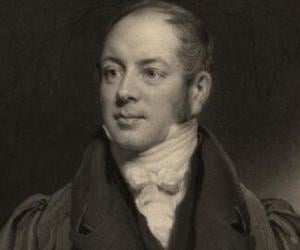
William Buckland was an English theologian, palaeontologist, and geologist. He is best remembered for his service as the Dean of Westminster. He is credited with writing the first full account of a dinosaur fossil, which he named Megalosaurus. William Buckland pioneered the usage of fossilized faeces to reconstruct ecosystems. Buckland was the recipient of the prestigious Copley Medal.
Vladimir Vernadsky was a geochemist and mineralogist who is widely regarded as one of the founders of radiogeology, biogeochemistry, and geochemistry. He is also credited with founding the Ukrainian Academy of Sciences. Vernadsky is best remembered for his book, The Biosphere, which discusses Eduard Suess' work. He won the prestigious Stalin Prize in 1943.
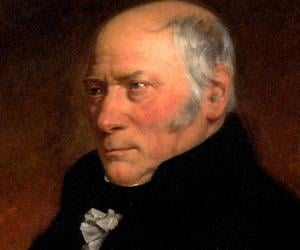
British geologist William Smith, who is regarded as the Father of English Geology, is remembered for developing the science of stratigraphy. His geologic map of England and Wales was the world’s first nationwide and detailed geologic map. He was also the recipient of the first Wollaston Medal.

Along with his brother, Marcel Schlumberger, Conrad Schlumberger formed one of the most well-known geophysicist duos of Germany. A pioneer in petroleum production, he co-established Schlumberger Ltd., one of the world’s largest oil-field service companies, with Marcel. Their technique of oil exploration offered a cheap alternative than the existing coring methods.
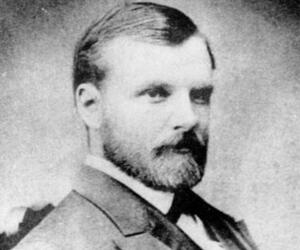
US geologist, mining engineer, and mountaineer Clarence King was the 1st director of the US Geological Survey. While preparing his report, Systematic Geology, he found the first US glaciers. Mostly known for his exploration of the Sierra Nevada mountain range, he penned the iconic work Mountaineering in the Sierra Nevada.
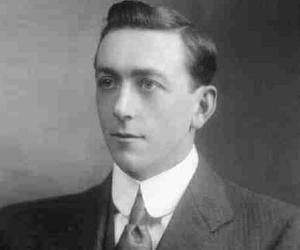
Arthur Holmes was an English geologist who pioneered the usage of radiometric dating of minerals. He was the first earth scientist to fully understand the thermal and mechanical implications of mantle convection. Arthur Holmes is also remembered for his advocacy of the theory of continental drift. Holmes was the recipient of several prestigious awards, including the Penrose Medal.
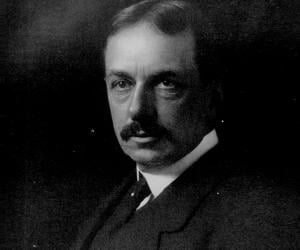
Henry Fairfield Osborn was an American geologist, paleontologist, and eugenics advocate. He is best remembered for his association with the American Museum of Natural History where he served as the president for 25 years. Osborn is also remembered for developing his own evolutionary theory which he called the Dawn Man Theory.
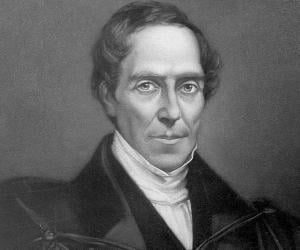
Gideon Mantell was a British geologist, obstetrician, and palaeontologist. Mantell's attempt to reconstruct the structure of Iguanodon started the scientific study of dinosaurs. He is also credited with discovering the first fossil teeth of Iguanodon. Subsequently, Gideon Mantell went on to discover and identify much of the skeleton of Iguanodon.

William Morris Davis was an American geologist, geographer, meteorologist, and geomorphologist. Often referred to as the father of American geography, Davis is credited with founding the Association of American Geographers. He is also remembered for his association with the Geological Society of America, where he served as the president. In 1919, he was awarded the Royal Geographical Society's Gold Medal.
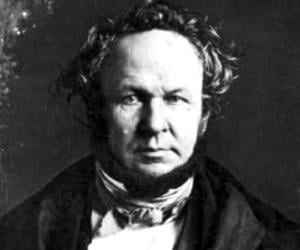
Henry Schoolcraft was an American geologist, geographer, and ethnologist. He is best remembered for his studies of Native American cultures. Henry Schoolcraft is also credited with founding The Journal of Education, America's first journal on public education.
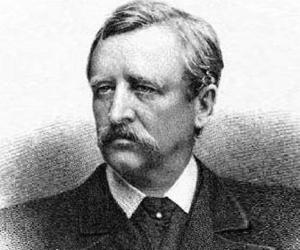
Adolf Erik Nordenskiöld was a Finland-Swedish geologist, aristocrat, Arctic explorer, and mineralogist. He is best remembered for leading the Vega Expedition of 1878–1880, the first Arctic expedition to steer through the Northeast Passage. The expedition is regarded as one of the greatest achievements in Swedish science history.
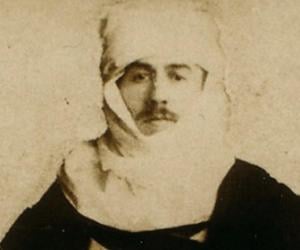
Birbal Sahni was a pioneer of palaeobotanical research in India. The founder of the Birbal Sahni Institute of Palaeobotany, he also taught botany at BHU and Lucknow University. He was also interested in music and tennis, and loved collecting coins. He was a Fellow of The Royal Society, too.
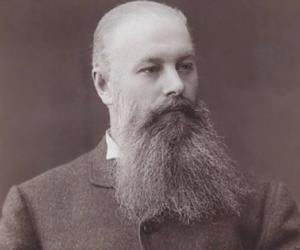
Russian ecologist, geomorphologist, and soil scientist Vasily Dokuchaev initially taught at the University of St. Petersburg and was later associated with the Novo-Aleksandr Institute of Agriculture and Forestry. He developed a soil classification system that explained the 5 factors for soil formation. The city of Dokuchaievsk in Ukraine is named after him.
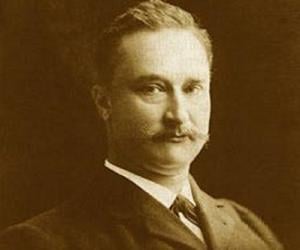
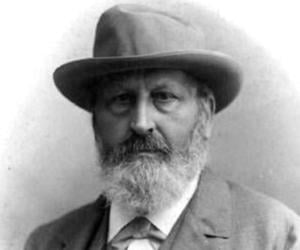
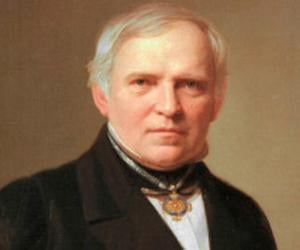
Christian Gottfried Ehrenberg was a German zoologist, naturalist, geologist, microscopist, and comparative anatomist. Regarded as one of the most popular and productive scientists of his generation, Ehrenberg was honored with several prestigious awards including the first Leeuwenhoek Medal in 1877.
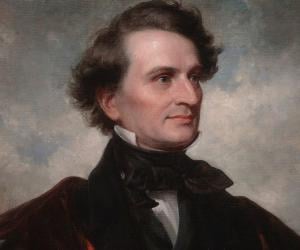
Copley Medal-winning US geologist and mineralogist James Dwight Dana is remembered for his path-breaking studies on topics such as mountain building, marine life, coral reefs, volcanic activity, and continents. A System of Mineralogy and Manual of Mineralogy are 2 of his iconic works, the latter of which became a standard text.
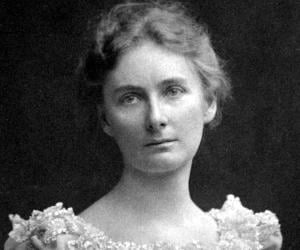
The first female geologist from the US, Florence Bascom had both a Bachelor of Arts and a Bachelor of Science from the University of Wisconsin and was the second American woman to get a PhD in geology. She was also the first female assistant geologist at the US Geological Survey.
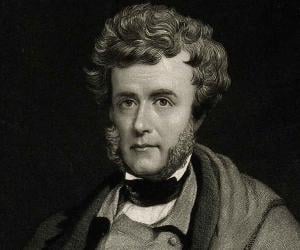
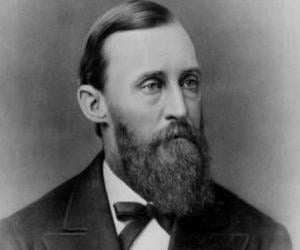
US geologist Ferdinand Vandiveer Hayden is remembered for his ground-breaking research on the Rocky Mountains and the Great Plains. He also served as a Union Army surgeon during the American Civil War and taught geology at the University of Pennsylvania. He also played a major role in the formation of the Yellowstone National Park.
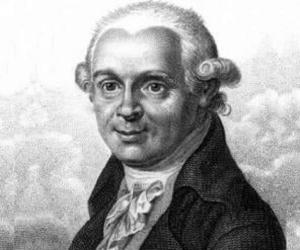
German geologist Abraham Gottlob Werner is known as the founder of the Neptunist school that stated that all rocks an aqueous origin. He also rejected uniformitarianism of geological evolution. He also coined the term geognosy. Not too fond of reading mail, he learned of his membership of the Académie des Sciences from a journal.
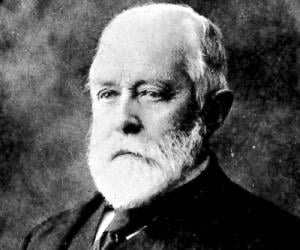
British geologist and archaeologist Robert Bruce Foote is remembered for his pioneering contribution to the study of the prehistory of India. He was in his early 20s when he joined the Geological Survey of India and soon made many discoveries, including that of the first Paleolithic hand axe in India.

Irish physicist and geologist John Joly created headlines when he estimated the age of the Earth at a 100 million years back in 1898. The University of Dublin professor of geology also made developments in the extraction of radium and its application in the treatment of cancer.
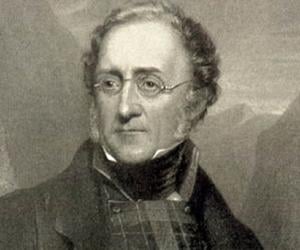
Henry De la Beche was an English palaeontologist and geologist. He is best remembered for his association with the Geological Survey of Great Britain, where he served as the first director. He was also associated with the Palaeontographical Society, where he was the first president. Henry De la Beche helped develop early geological survey methods.
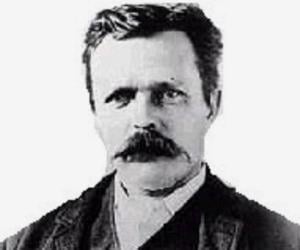
John Milne was a British mining engineer and geologist. He is credited with co-founding the Seismological Society of Japan which raised money for the invention of seismographs. John Milne and his team went on to invent the horizontal pendulum seismograph which allowed him to detect various kinds of earthquake waves.
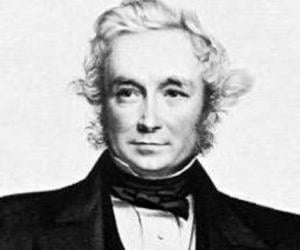
John Stevens Henslow was not just a priest but also revolutionized the teaching methods of botany at Cambridge University. One of his students was legendary naturalist Charles Darwin. He also co-founded the Cambridge Philosophical Society and explored various regions, such as the Isle of Man, as a geologist.
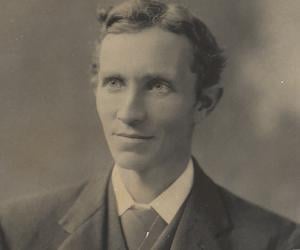
Edgeworth David was a Welsh Australian Antarctic explorer and geologist. A household name during his lifetime, David is best remembered for discovering the Hunter Valley, a region of New South Wales. He also led the first expedition to the South Magnetic Pole. Edgeworth David also played an important role in the First World War.
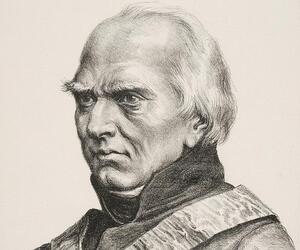
Stanisław Staszic was a Polish philosopher who played a leading role in the Polish Enlightenment. He was also a Catholic priest, geologist, writer, and translator. He supported many reforms in Poland and was the co-founder of the Warsaw Society of Friends of Learning. He later served as the minister of trade and industry in Congress Poland.
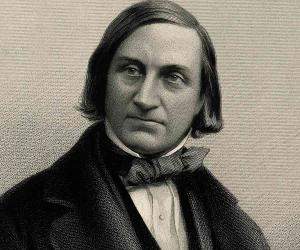
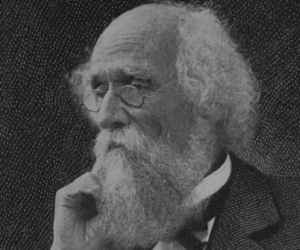
US physician and geologist Joseph LeConte was associated with the University of California, Berkeley as a professor. A noted conservationist of the California region, too, he is remembered for his studies on the mountain ranges of the West, most prominently in and around Yosemite National Park.
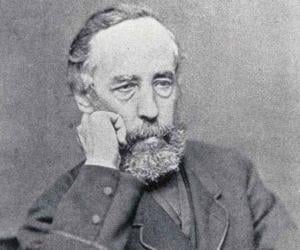
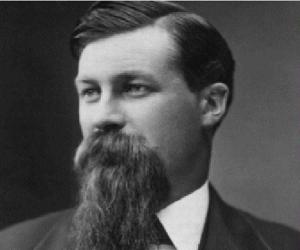
US geologist Thomas Chrowder Chamberlin proposed the theory of planetesimal hypothesis. Initially the chief geologist of the Wisconsin Geological Survey, he later joined the US Geological Survey. An educator, too, he was associated with the University of Chicago and the University of Wisconsin, Madison. He was also the founder-editor of The Journal of Geology.
Ignacy Domeyko was a Polish geologist, educator, and mineralogist. He is credited with founding one of Chile's oldest public universities, the University of Santiago, Chile (Usach). After the Polish–Russian War 1830–31, he settled in Chile where he made significant contributions to the study of Chile's geology, geography, and mineralogy. Ignacy Domeyko’s observations helped shape Chile's labor movement.
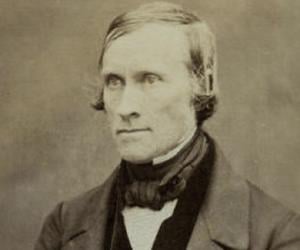
Scottish physicist James David Forbes is best remembered for his research on glaciers and heat conduction and for his invention of the seismometer. A University of Edinburgh professor, he later won both the Rumford Medal and the Gold Medal of The Royal Society for his achievements.
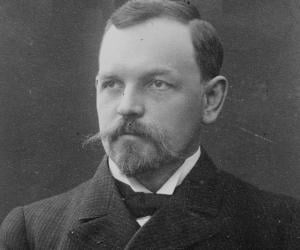
Otto Nordenskjöld was a Swedish and Finnish geologist, polar explorer, and geographer. He is best remembered for leading the Swedish Antarctic Expedition of 1901–1903, the first Swedish voyage to Antarctica. Otto Nordenskjöld also led mineralogical expeditions to Alaska, Patagonia, and the Klondike area. He also served as a professor at the University of Gothenburg.
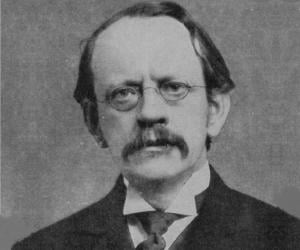
British explorer and geologist Joseph Thomson was the first European to enter a large part of eastern Africa. His exploration eventually led to the mass colonization of Africa, known as the Scramble for Africa. He secured British mining and trade rights in Africa. Thomson’s gazelle is a type of east-African gazelle named after him.
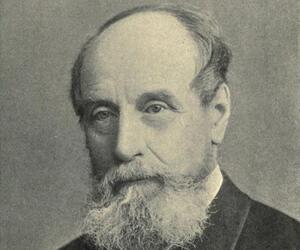
Canadian geologist John William Dawson began his career as the first superintendent of education of Nova Scotia. He also served as the principal of McGill University, where he taught, too. An expert in paleobotany, he discovered ancient plant species. He was knighted for his contribution to geology.
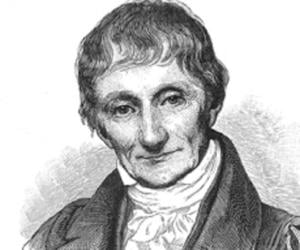
Best known for exploring the geology of the Tertiary Period, Alexandre Brongniart initially taught natural history and then became a professor of mineralogy. He also worked for the development of porcelain enameling in France. His other works include a classification of reptiles and the introduction of geologic dating.
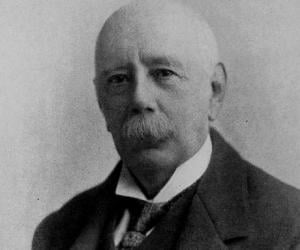
English botanist Henry Nicholas Ridley is best remembered for his contribution to the cultivation of rubber in the Malay peninsula. His passion to achieve his goal earned him the nickname Mad Ridley. Of his written works, one of the most significant was the 5-volume Flora of the Malay Peninsula.
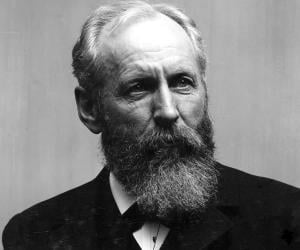
Grove Karl Gilbert was an American geologist. Over the course of his career, Gilbert helped understand landscape evolution, river incision, erosion, and sedimentation and is thus regarded as one of the most important figures of geomorphology. One of the most influential geologists of his time, Grove Karl Gilbert was honored with the Wollaston Medal and Charles P. Daly Medal.
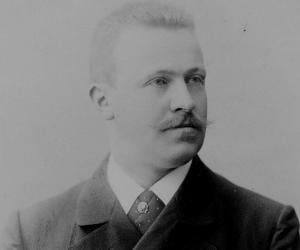
Erich von Drygalski was a German geographer, polar scientist, and geophysicist. He is best remembered for leading two expeditions to explore the unexplored area of Antarctica in the early 1890s with the help of the Society for Geoscience of Berlin. Erich von Drygalski also served as a professor of geophysics and geography in Berlin.
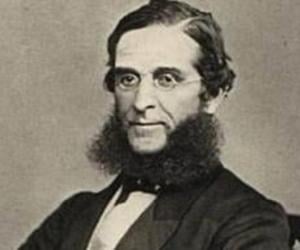
John Evans was an English geologist and archaeologist. He is best remembered for his service as the president of several prestigious institutions and societies, including the Society of Antiquaries, the Royal Numismatic Society, the Geological Society of London, and the British Association for the Advancement of Science. John Evans also wrote papers on geological and archaeological subjects.
